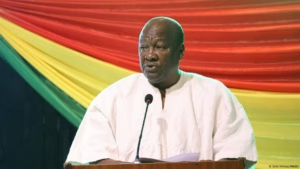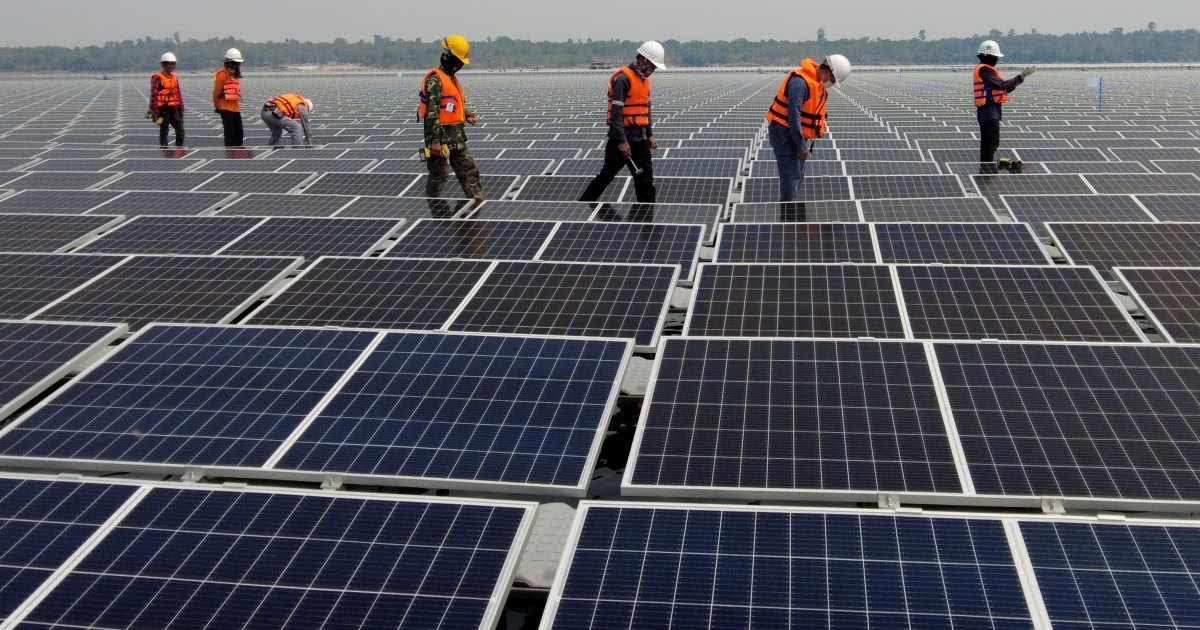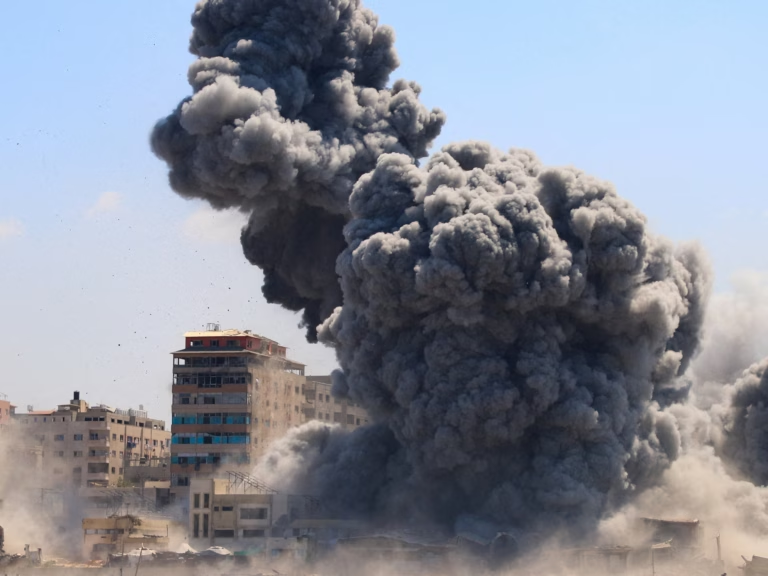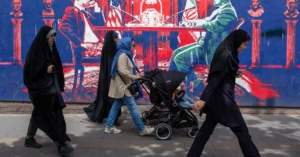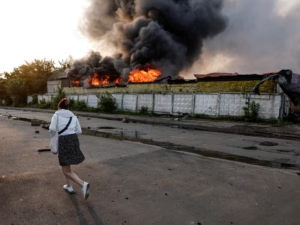The factory by Standard Energy Co, a subsidiary of Singaporean solar cell giant GSTAR, closed last month anticipating US President Donald Trump’s tariffs on solar panel exports from Southeast Asia.
Starting this Monday, US Customs and Border Protection will impose tariffs on imports from Thailand, Cambodia, Vietnam, and Malaysia, ranging from 375 percent to more than 3,500 percent.
These duties have raised concerns about the future of Southeast Asia’s solar export trade, which supplies about 80 percent of solar products sold in the US.
For Chonlada Siangkong, a 33-year-old mother of one, and thousands of others like her, their future is now more uncertain due to these trade restrictions.
The US claims that Chinese producers are using Southeast Asia to dodge tariffs and dump cheap solar panels in the US market, harming their businesses.
Official allegiances mention Jinko Solar, Trina Solar, Taihua New Energy Hounen, Sunshine Electrical Energy, Runergy, and Boviet as major offenders with significant operations in the region.

With Thai solar exports to the US amounting to over $3.7bn in 2023, close to Vietnam’s $3.9bn, Standard Energy Co’s $300m facility in Rayong – operational for less than a year – now sees an uncertain future.
Kanyawee, a production line manager, expressed his confusion: “New machines have just arrived, and we barely used them; they cost a few million baht each. Orders of raw materials for production are still pending as well.”
Ben McCarron, managing director of Asia Research & Engagement, commented that these tariffs could significantly impact Southeast Asia’s manufacturing and could lead to plants shutting down or moving out of the region.
Unfair advantage
US officials argue that China provides its solar firms with unfair market advantage through subsidies. China funded over $2.7bn in clean energy projects in the region between 2013 and 2023, according to Zero Carbon Analytics.
The American Alliance for Solar Manufacturing Trade Committee was one of the key players calling for a sharp increase in levies on Chinese imports.
Given the unpredictable nature of Trump’s policies, manufacturers have little recourse apart from filing an appeal once a year or after a five-year “sunset review”.
Some believe the industry may never fully recover, not just affecting low-skilled workers but also skilled technicians and labourers within the solar cell supply chain.
Others believe that once things settle, Chinese solar firms could lead in supplying products needed to meet regional emissions targets, possibly absorbing the excess supply in these markets.

While these countries had welcomed Chinese solar investments for their up-front sums, they are also striving to meet more of their energy needs with cleaner sources, including Thailand’s plans to be carbon neutral by 2050 and reach net-zero emissions by 2065.
Exclusion of Southeast Asian solar imports could slow down the shift towards greener energy not only in the US but also harm American consumers by increasing prices.


